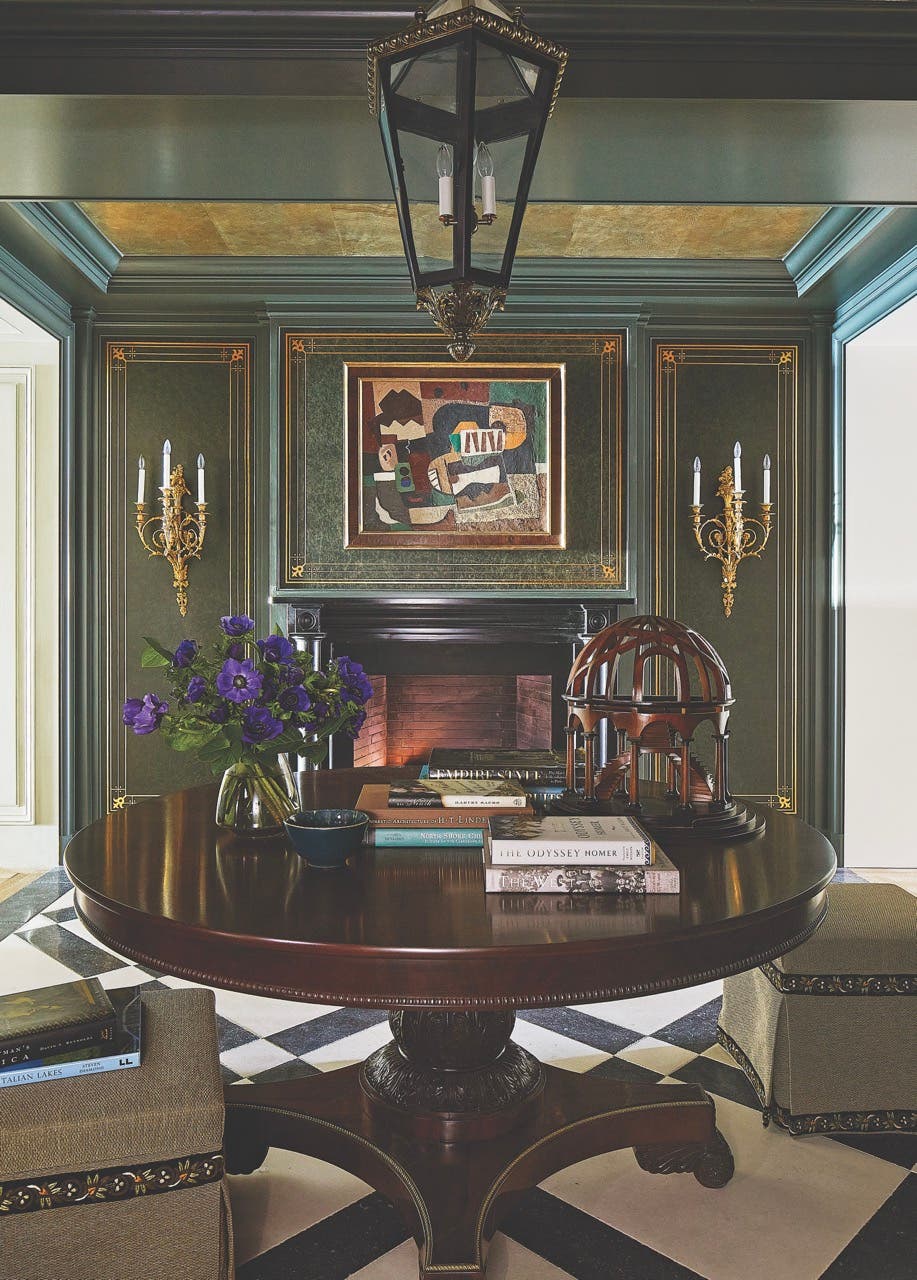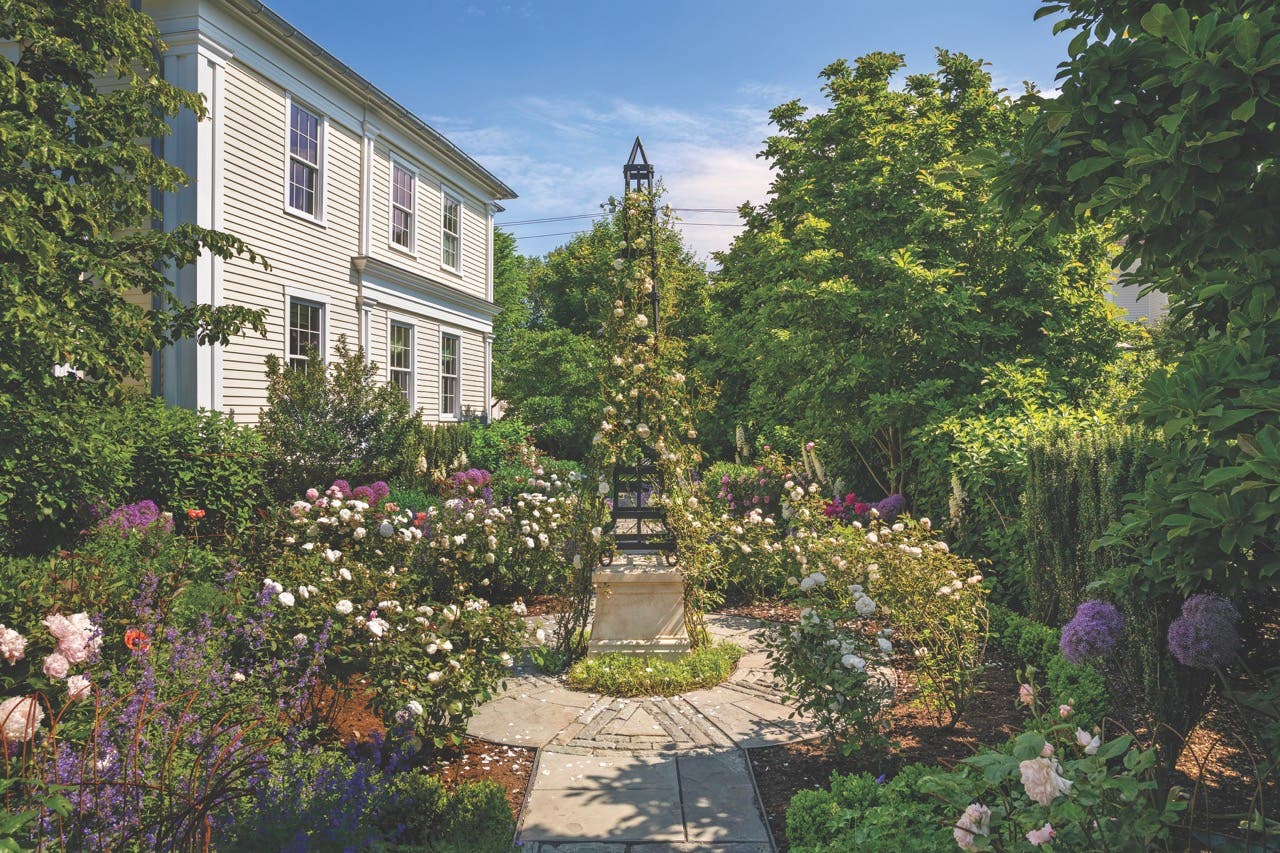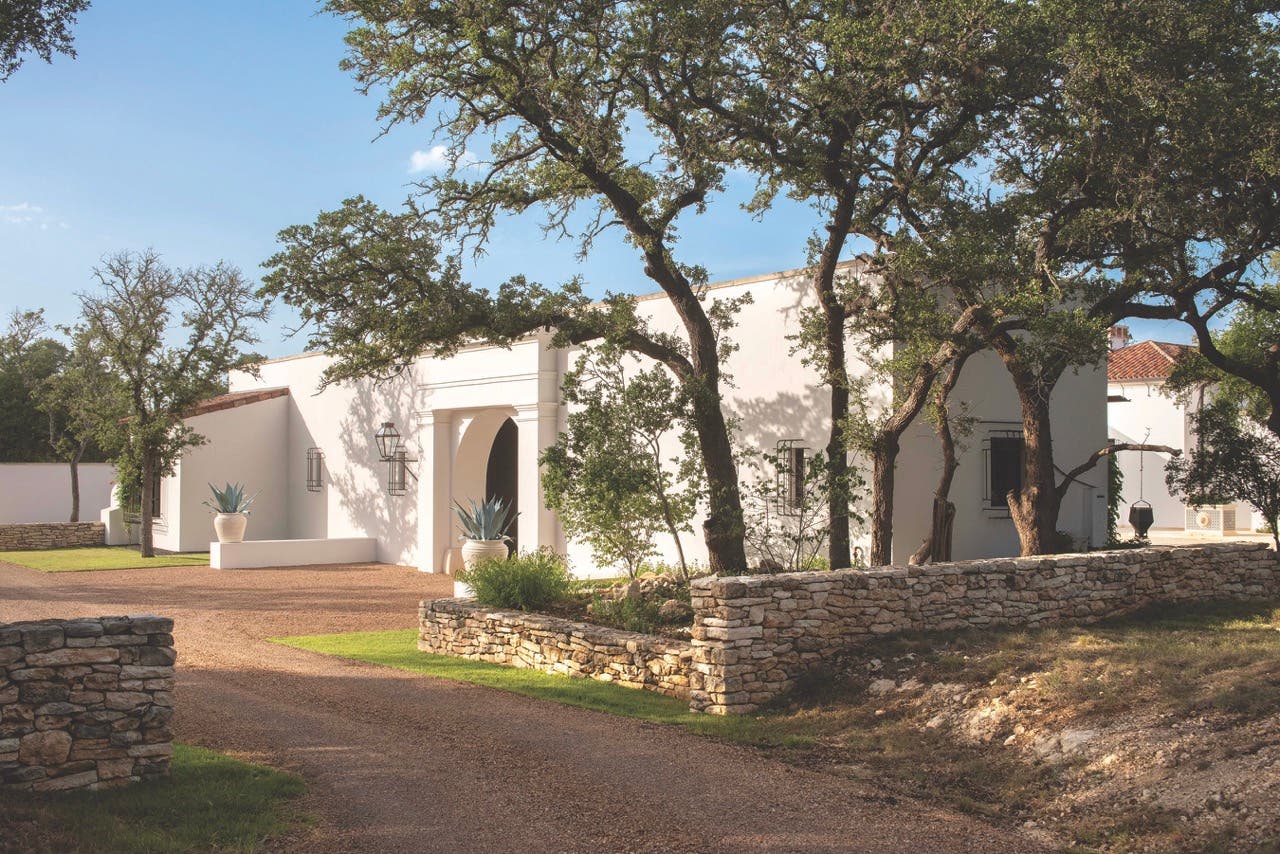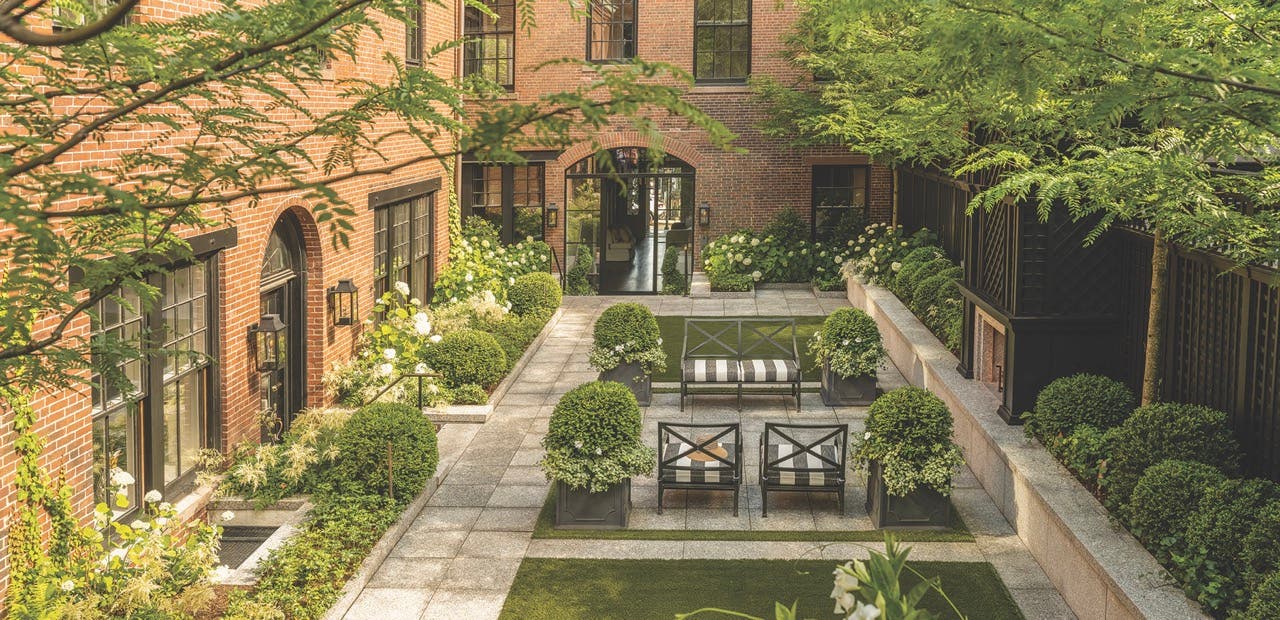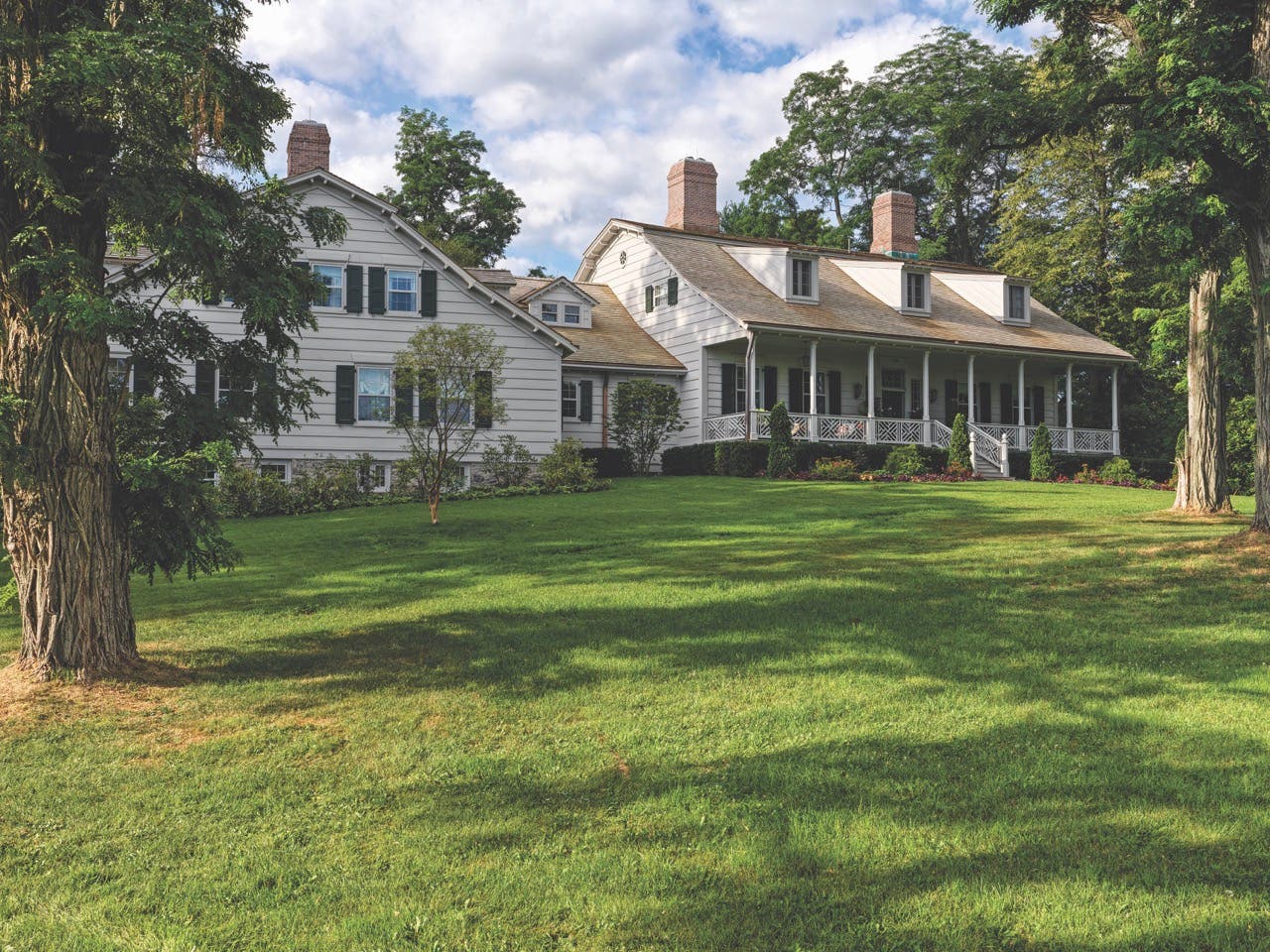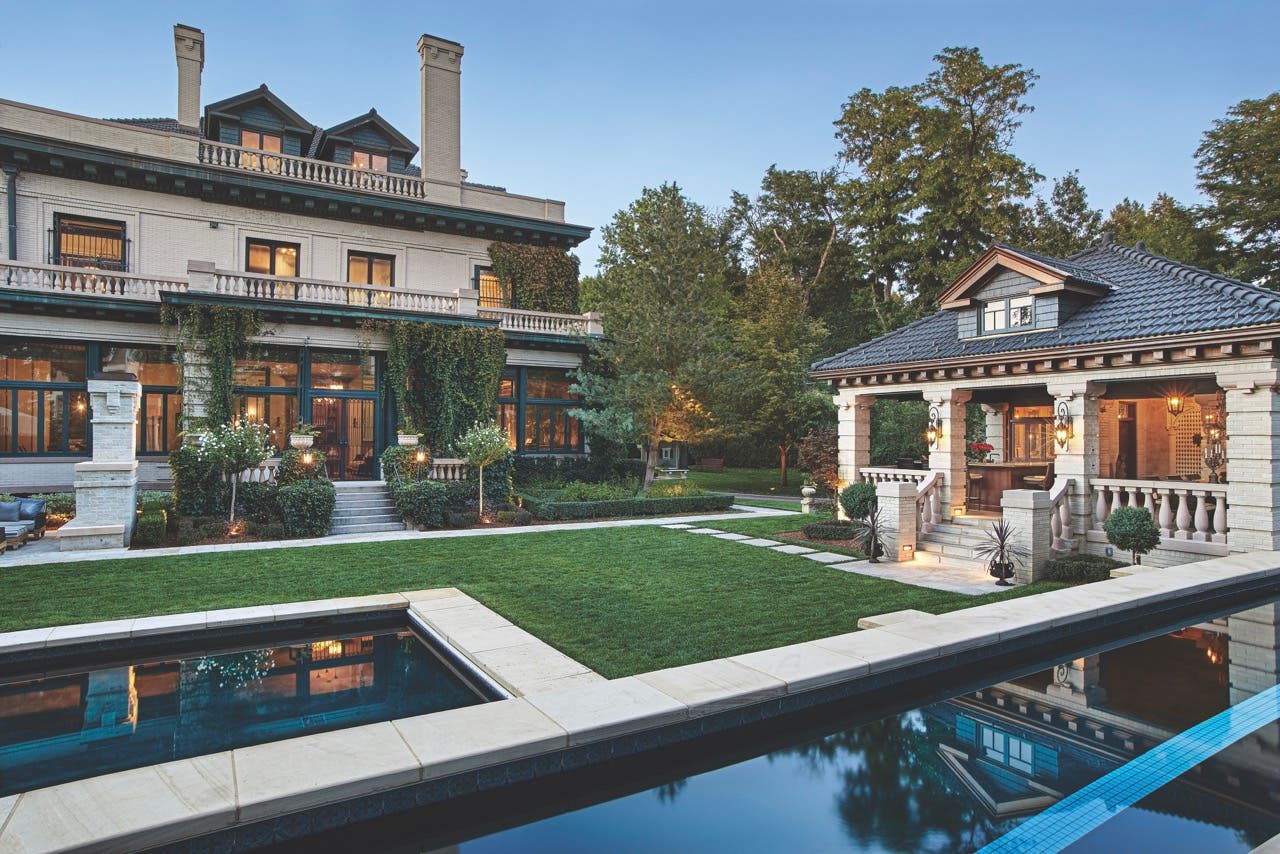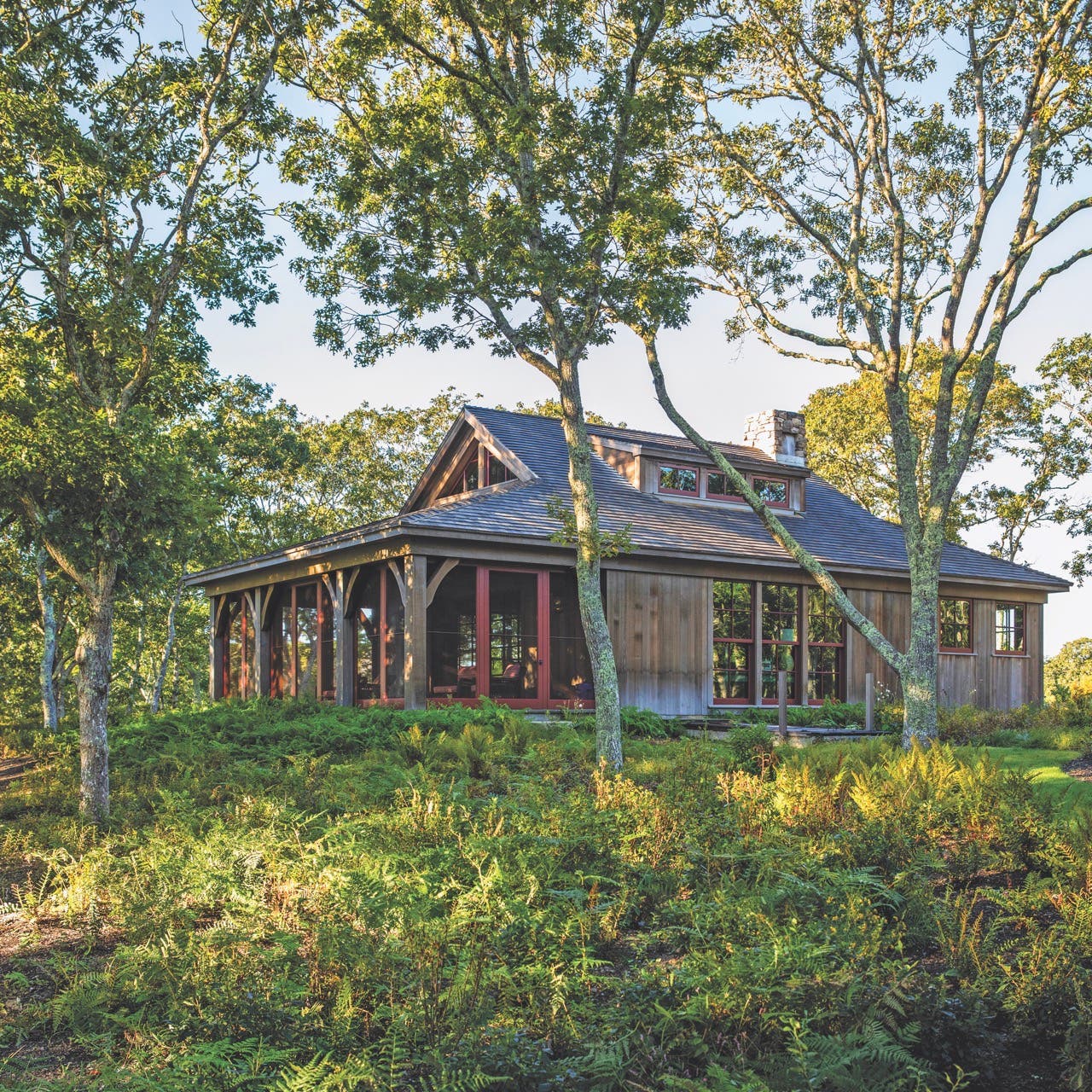
Palladio Awards
Robert A.M. Stern Architects: New England Guest House and Cabin
For more than a decade, Robert A.M. Stern Architects has been creating a family compound on 50 acres in a forested area of New England, adding buildings one and two at a time.
The project started with the design and construction of the 1.5-story main house, a Bulfinch Award winner that RAMSA’s Roger H. Seifter, AIA, describes as a combination of Shingle Style and New England farmhouse (and with planning influences from the English Arts and Crafts).
Subsequent additions were an Amish barn, a second barn, and maintenance sheds that are more humble in style than the refined primary residence, which the family uses as a summer home.
These added buildings are modeled on vernacular, rectilinear New England farm structures, employ stick construction, and are clad in cedar board-and-batten siding.
The latest additions to the estate, completed in 2018 and 2023 respectively, are the guest house and cabin.
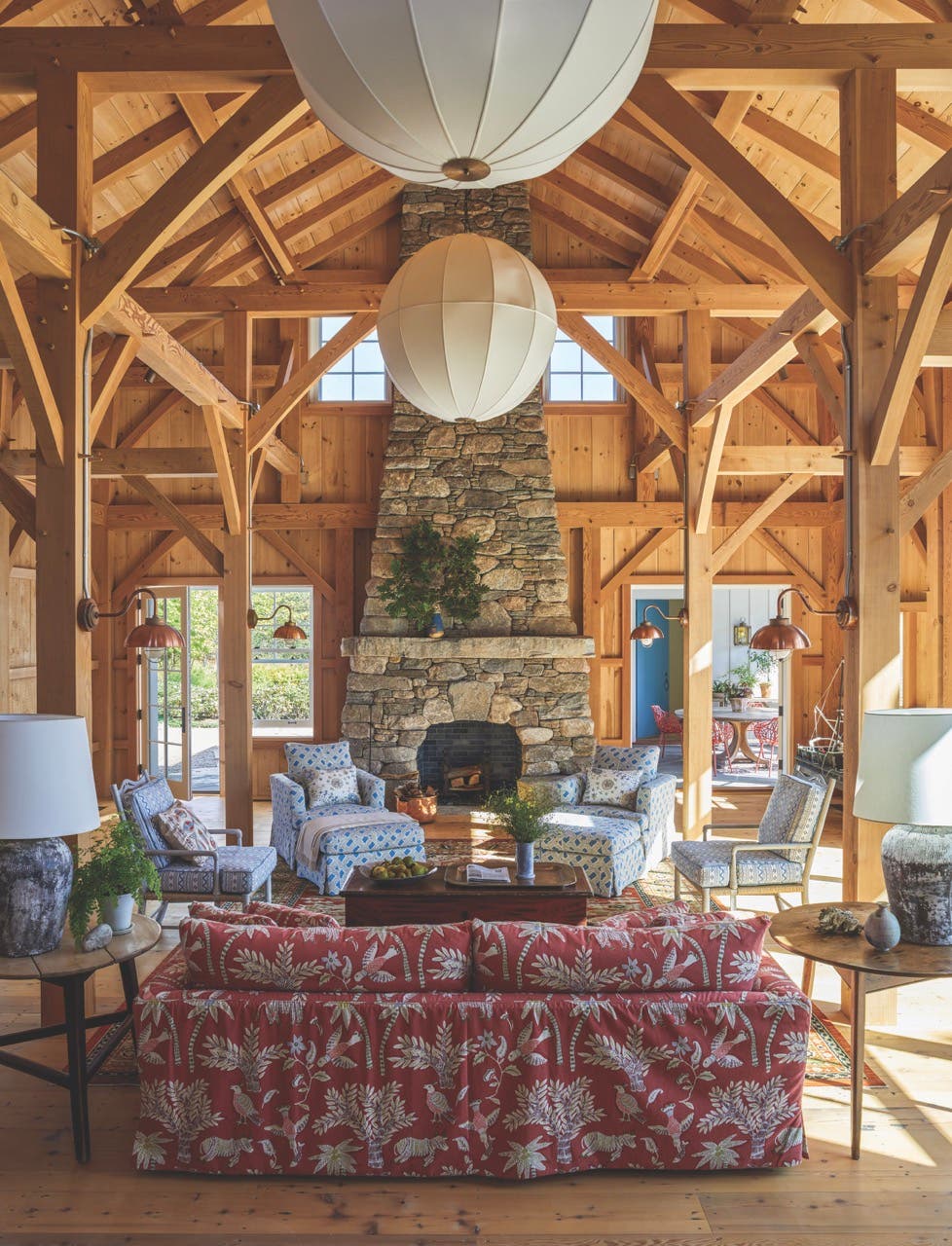
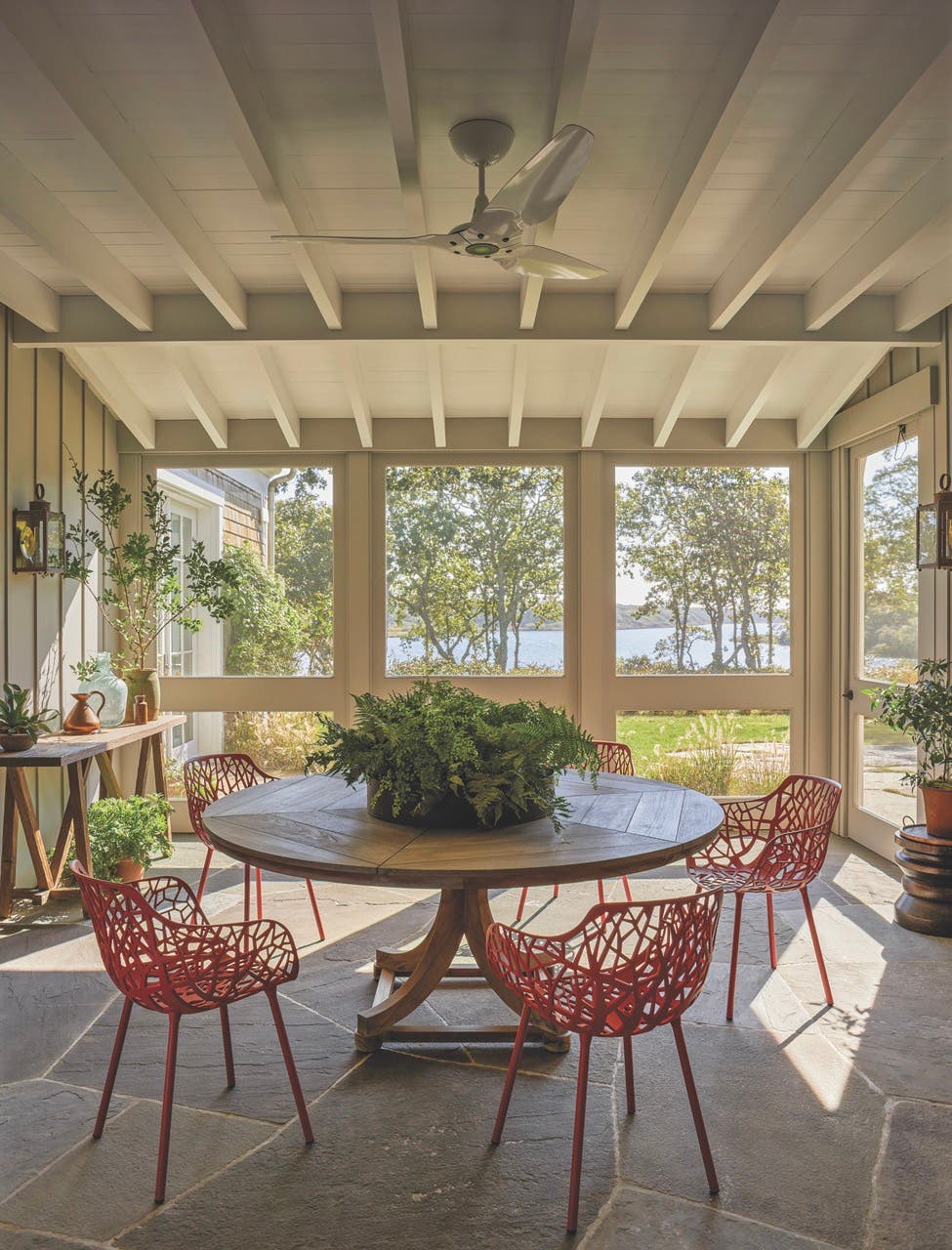
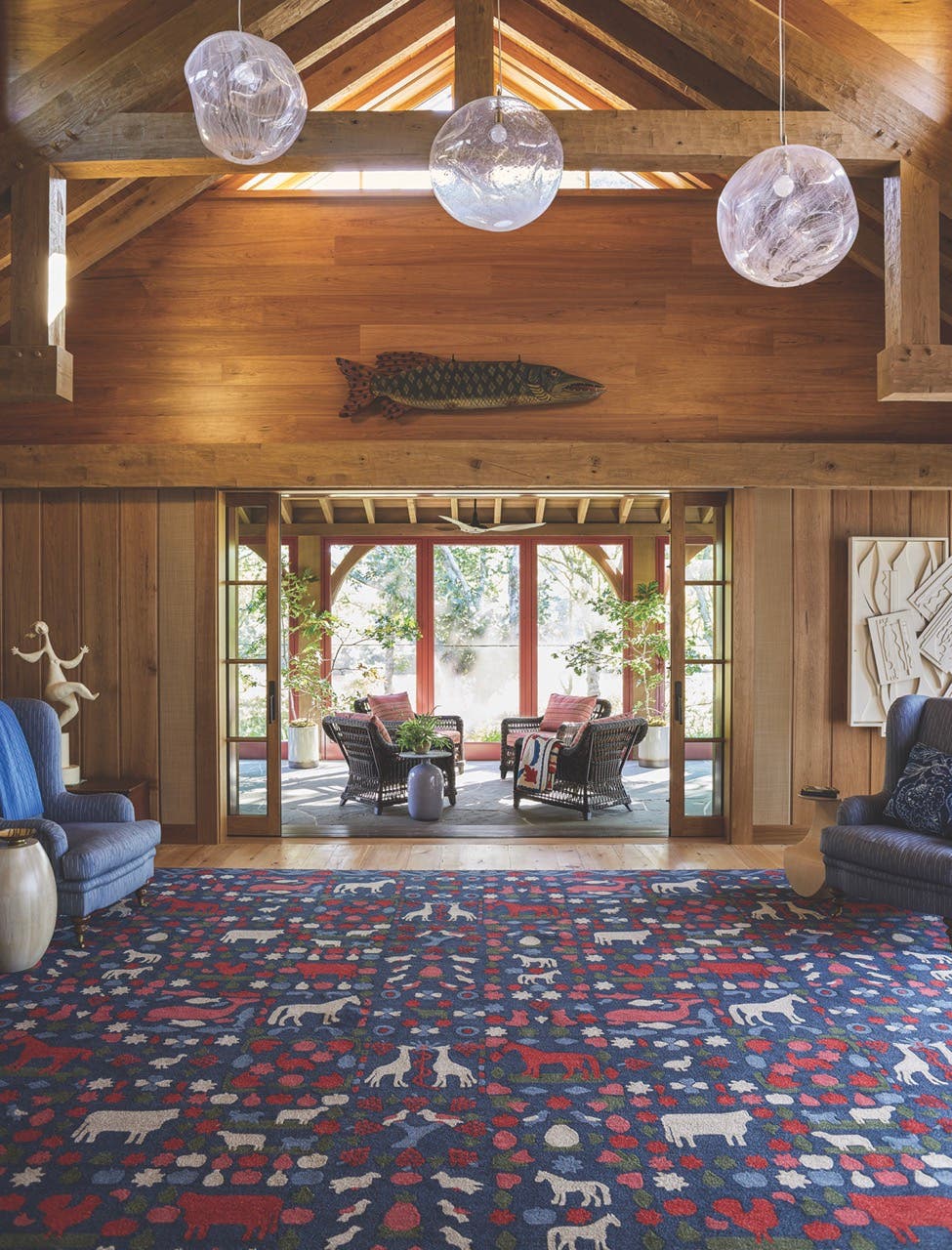
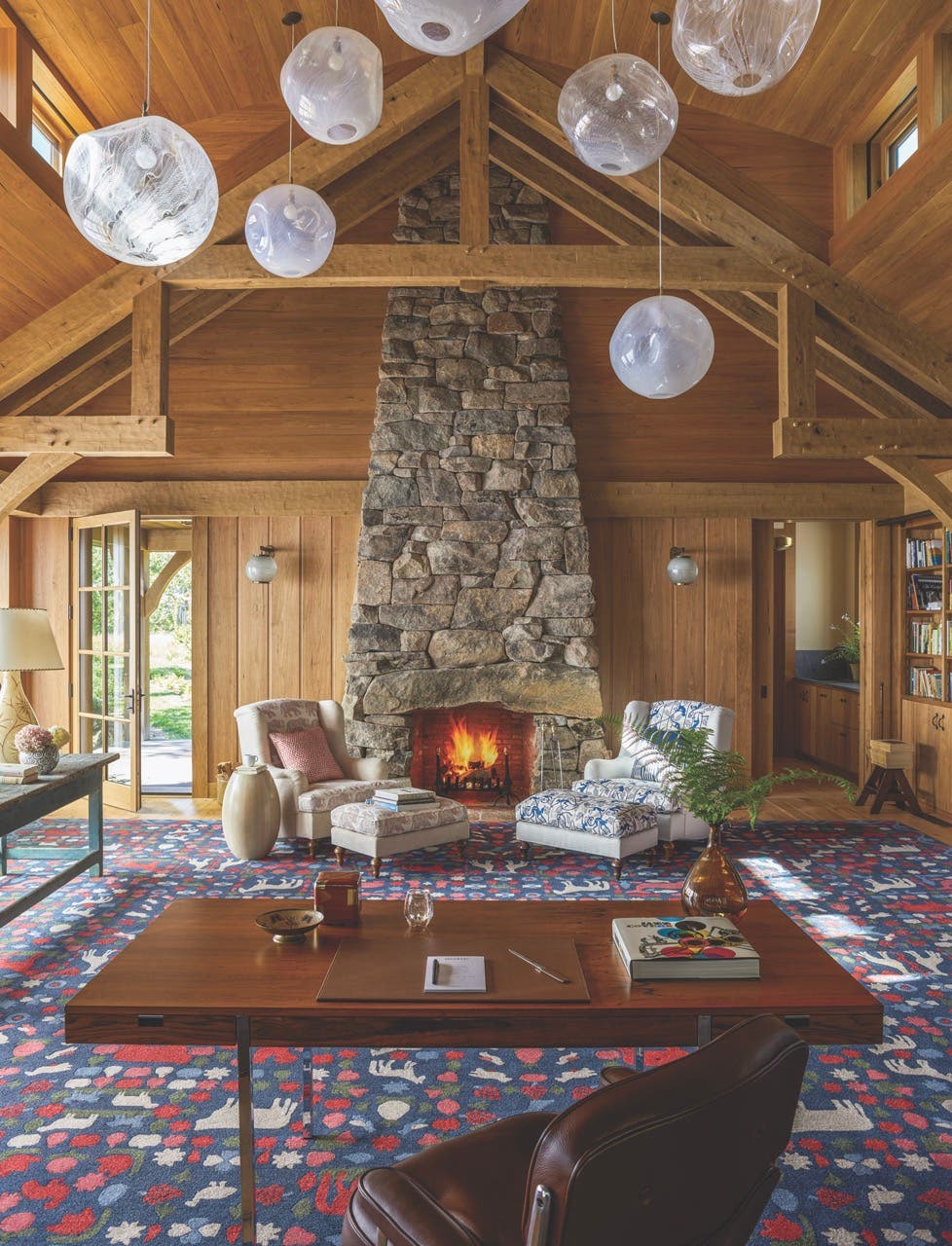
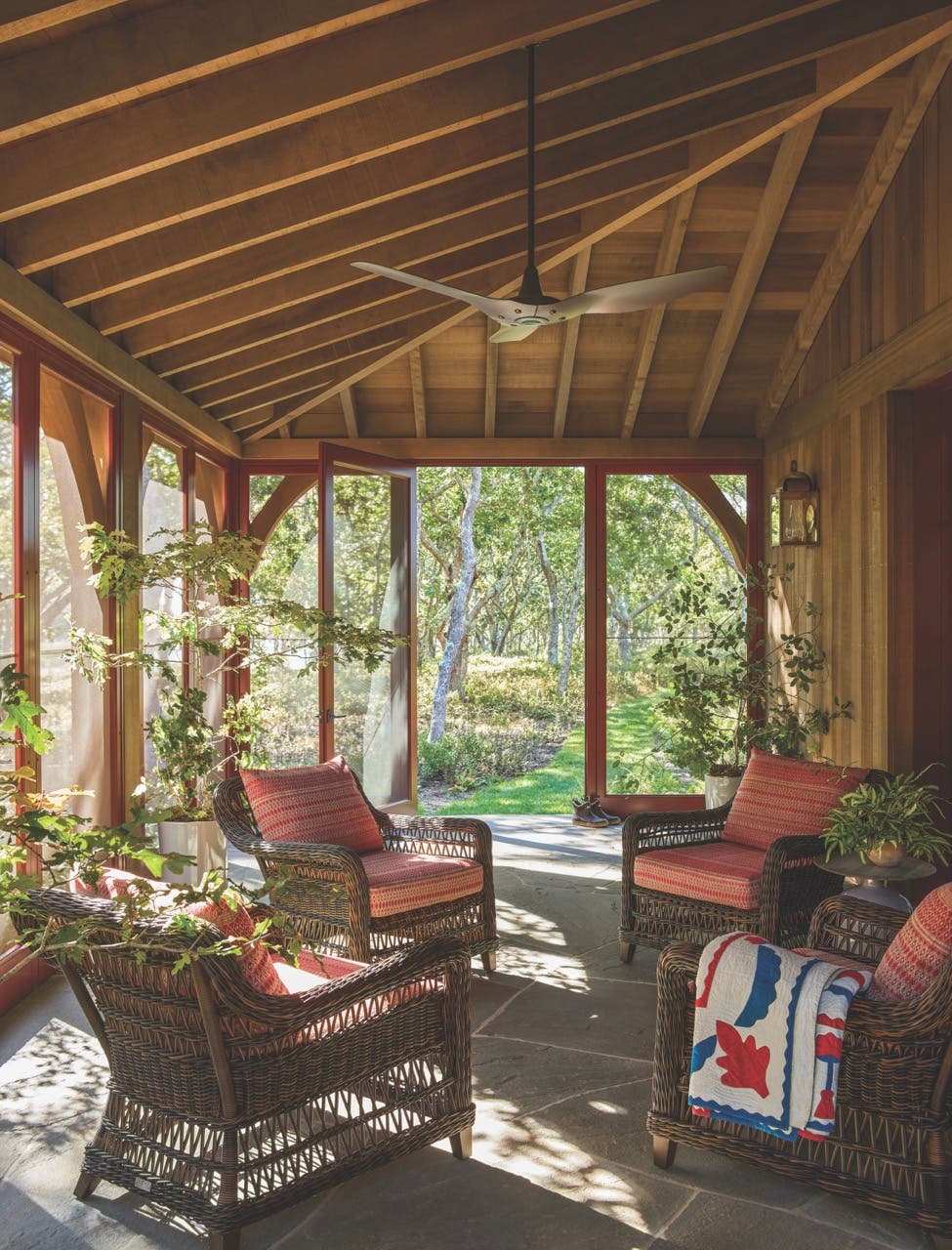
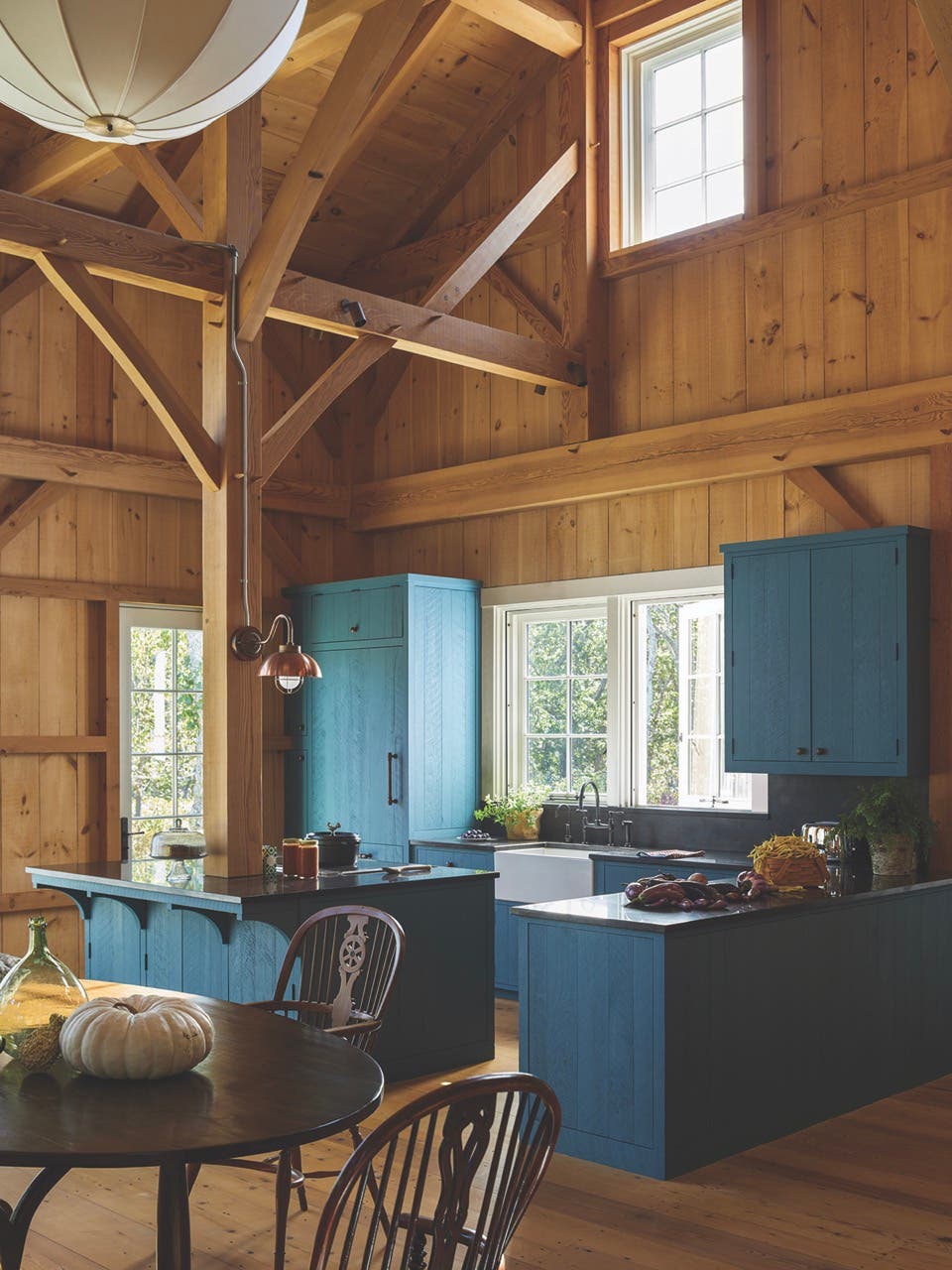
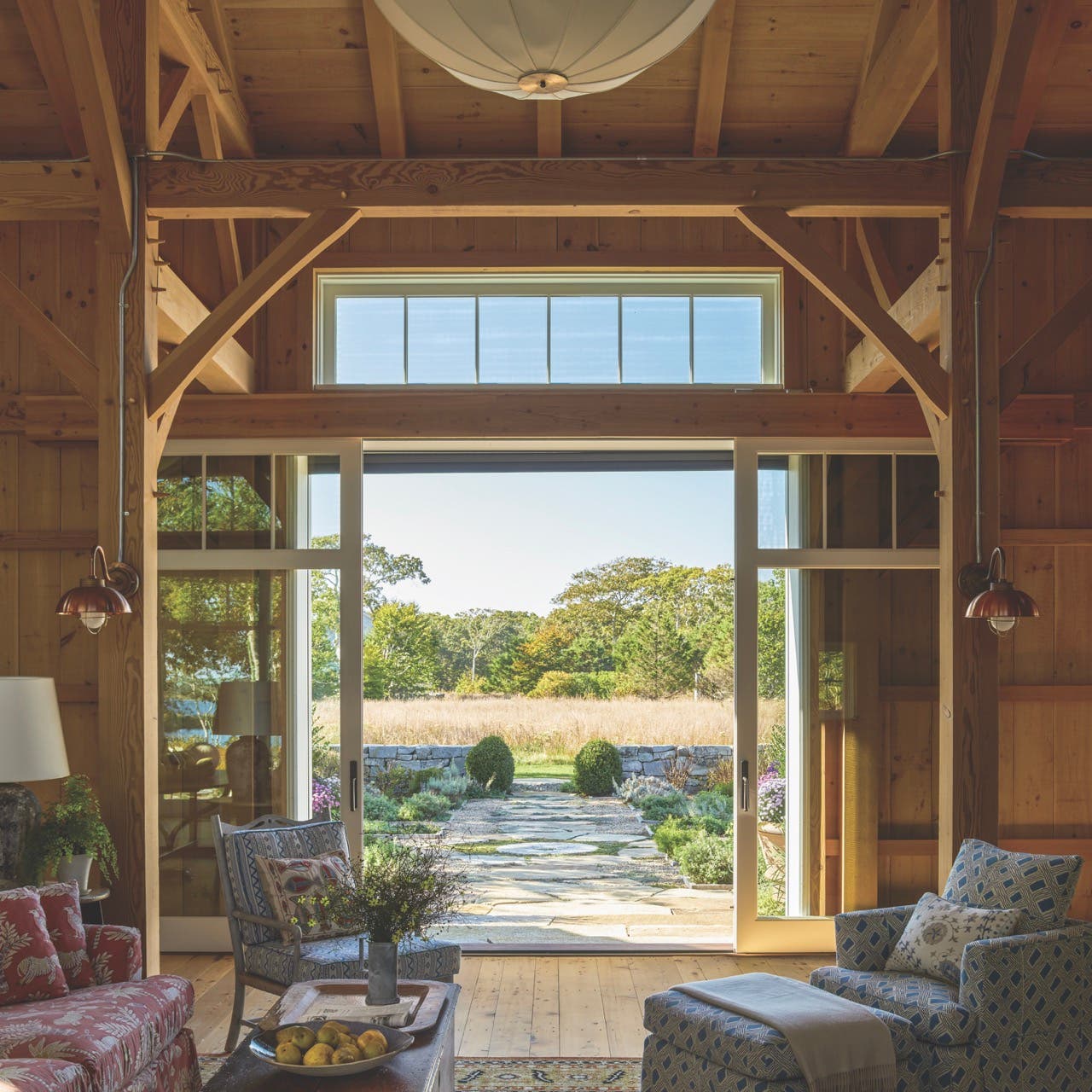
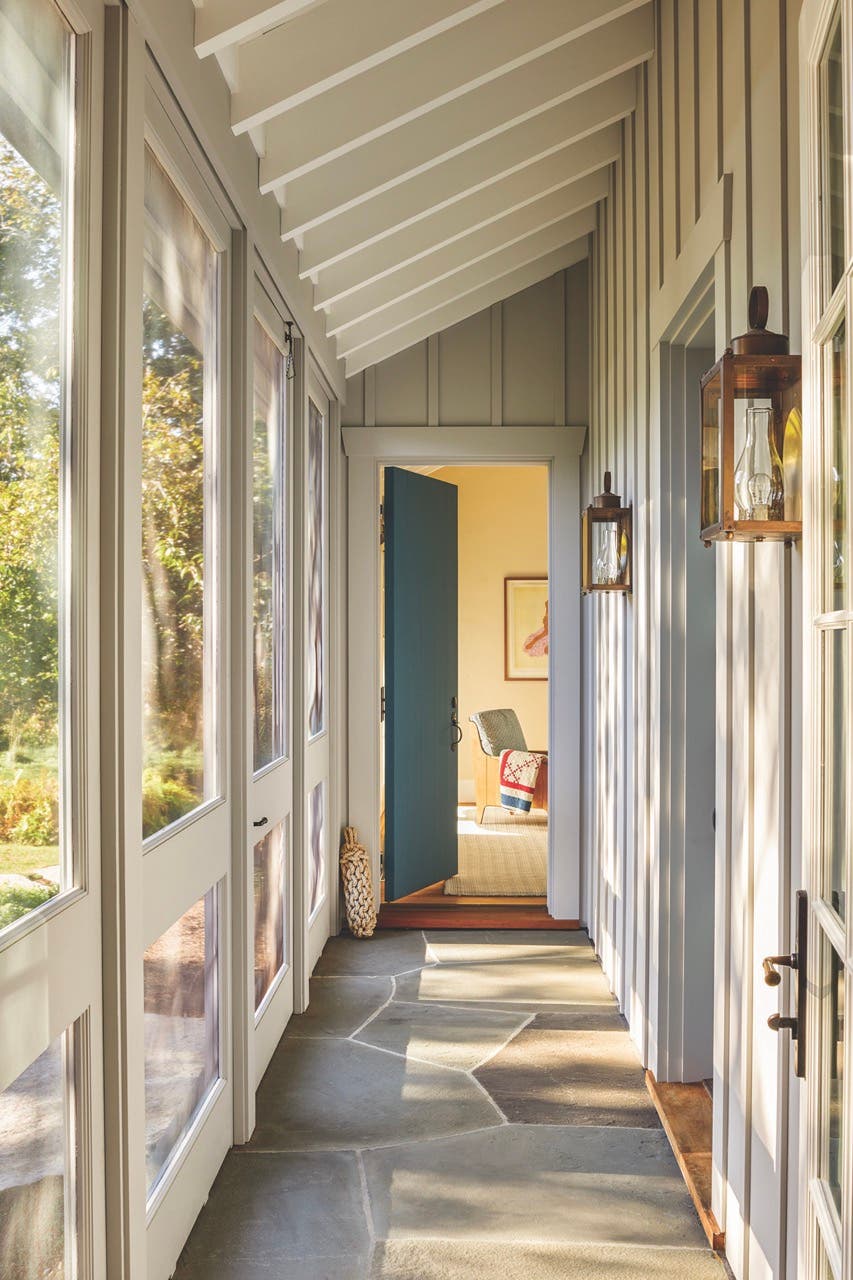
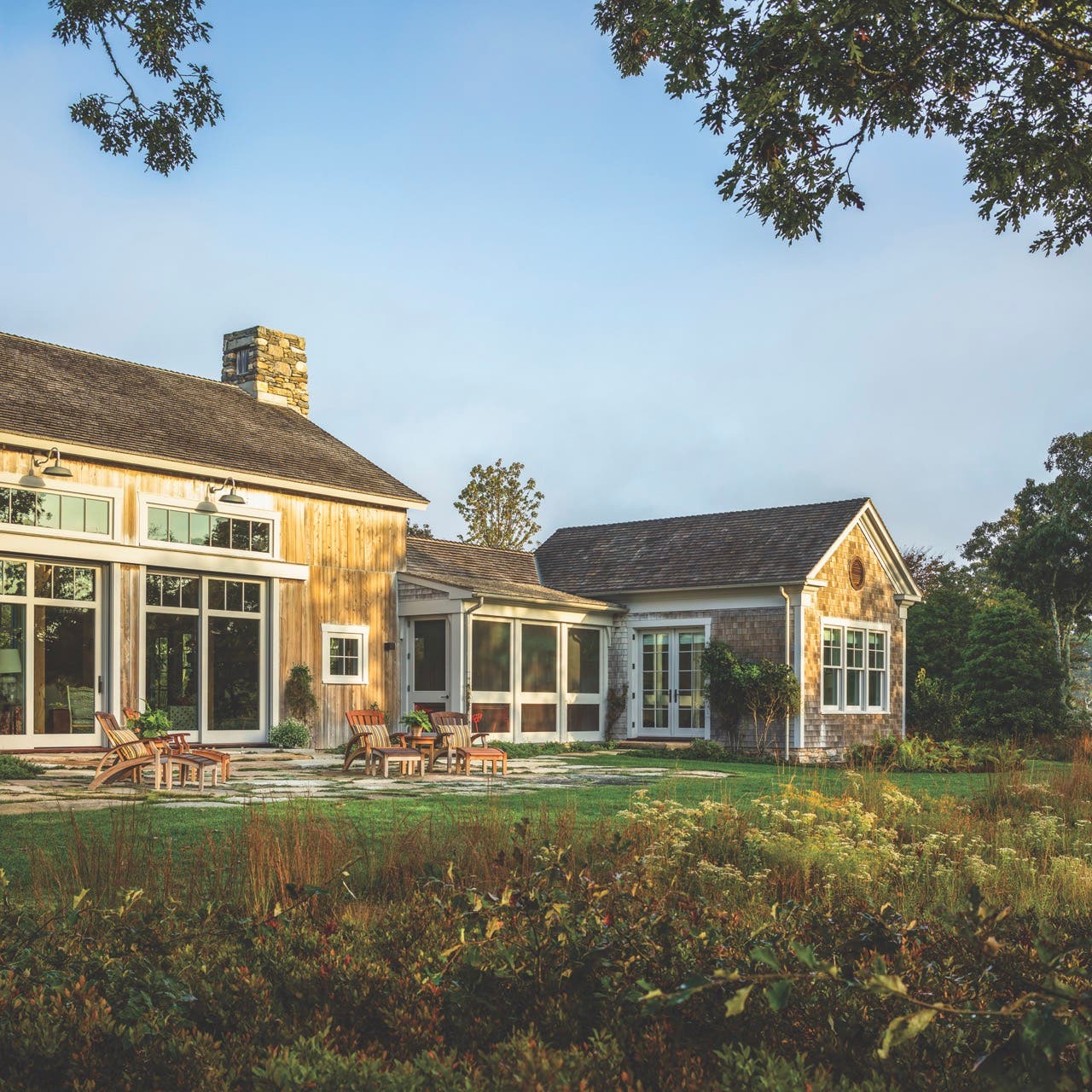
The cabin in particular was requested during the pandemic, when the husband began working from home (the main house is large, but so are the distractions, especially when family members began staying over for extended periods).
“He used the library in the main house as an office, but it was becoming untenable,” Seifter says.
The cabin, which is set in a clearing in the woods within walking distance and sight of the main residence’s primary suite, has simple massing, board-and-batten siding, and a gable roof with shed projections, features that allow it to blend in with the other vernacular farm outbuildings on the property.
The office, which occupies the entire first floor of the cabin, is dominated by a monumental rubble stone fireplace at one end. Its lower level houses the family’s wine collection.
“The challenge was to get the mason to make the fireplace look as though it had been put up by a farmer two hundred years ago with rubble cleared from his fields,” Seifter says, adding that that same principle of “perfect imperfection” was adopted with the millwork, which has a patina of age yet is fresh and crisp.
The interplay of old and new was crucial to the design because the cabin, whose principal function is as a place of work, had to be equipped with high-end, high-tech features to facilitate Zoom meetings and in-person conferences.
“The ceiling above the rough-hewn timber trusses is wire-brushed butternut custom milled as acoustical planking,” Seifter says. “The overscaled windows are a modern conceit to maximize the views and daylight, while concealed shading devices and room lighting are carefully modulated for virtual meetings.”
Pocketing doors lead to a screened porch overlooking the pond adjacent to the property—the husband requested a working view. Within eyeshot of the cabin, a small rubble stone shed modeled after a livestock shelter conceals air conditioning units, a transformer, and a generator.
The guest house, which is set on a knoll at the far end of the property and also overlooking the pond, is inspired by traditional New England connected barns in which the farmhouse and ancillary animal structures are appended semi-discretely and linearly to the main barn.
But the RAMSA team, which included Associate Partner Brian F. Fell as project manager, switched up the equation, putting the barn, which serves as a living room/dining room with an open kitchen, at the center of the composition. Its appendages extend off its gable ends as one- and two-bedroom guest suites reached via screened porches.
The exterior detailing of the assemblage progresses from the vernacular/utilitarian to a more formalized expression of classical influences: The cedar board-and-batten siding of the center barn paves the way for the New England shingle siding/flat-wood casings of one guest wing and the pedimented gable and Greek Revival corner pilasters of the opposite wing.
“What’s special about the project is the intensity of craft in each building and the fact that it was exercised in a different way,” Seifter says. “For the guest house main room, for instance, we had an expert barn builder source the material and consult with us on the room’s construction and detailing. We’ve designed barns before, but not as habitable spaces, so engineering this one was different. It was a new experience combining traditional building methods with new technologies and making it look ages-old without sacrificing functionality or lapsing into contrivance.” TB
Key Suppliers
Architect
Robert A.M. Stern Architects
Interior Designer
Robert A.M. Stern Interiors (guest house); Ross Alexander (cabin)
Landscape Architect
Robert A.M. Stern Architects with Natalie Ross
Lighting Designer
Cline Bettridge Bernstein Lighting Design
Millwork
Herrick & White (guest house); Thomas Riley Artisans’ Guild (cabin)
Timber Framing for Guest House
Bird’s Eye View Woodworking
Fireplace Consultant
Two Foot Ten Fireplaces
See the complete list of 2024 Palladio Award Winners



